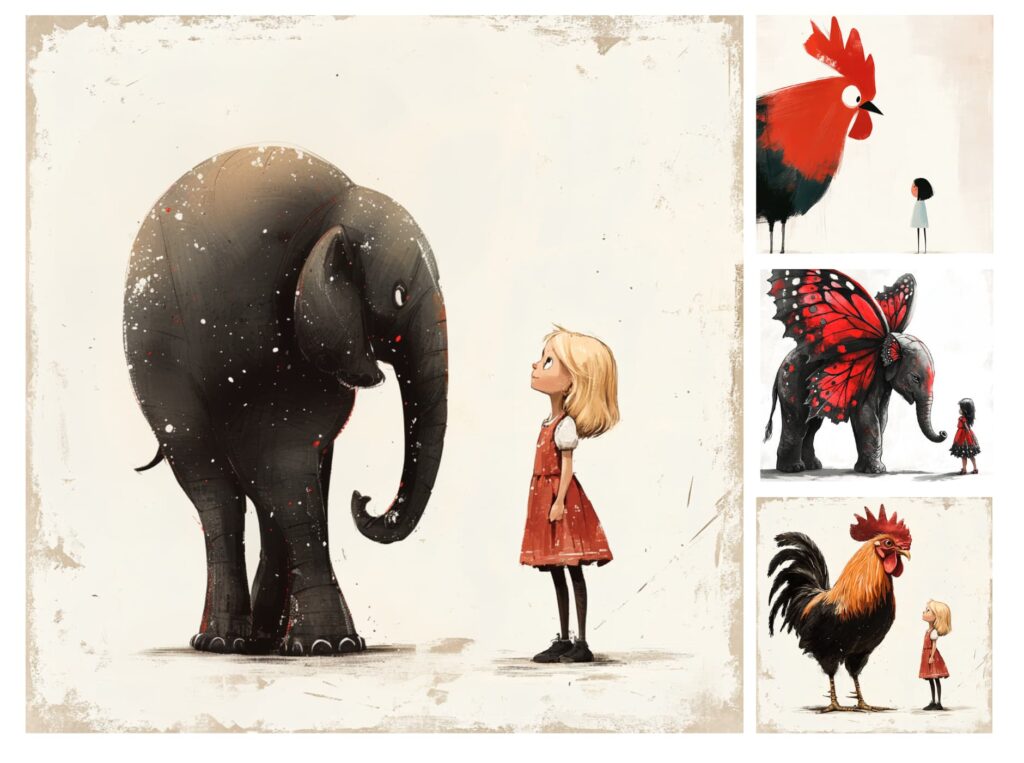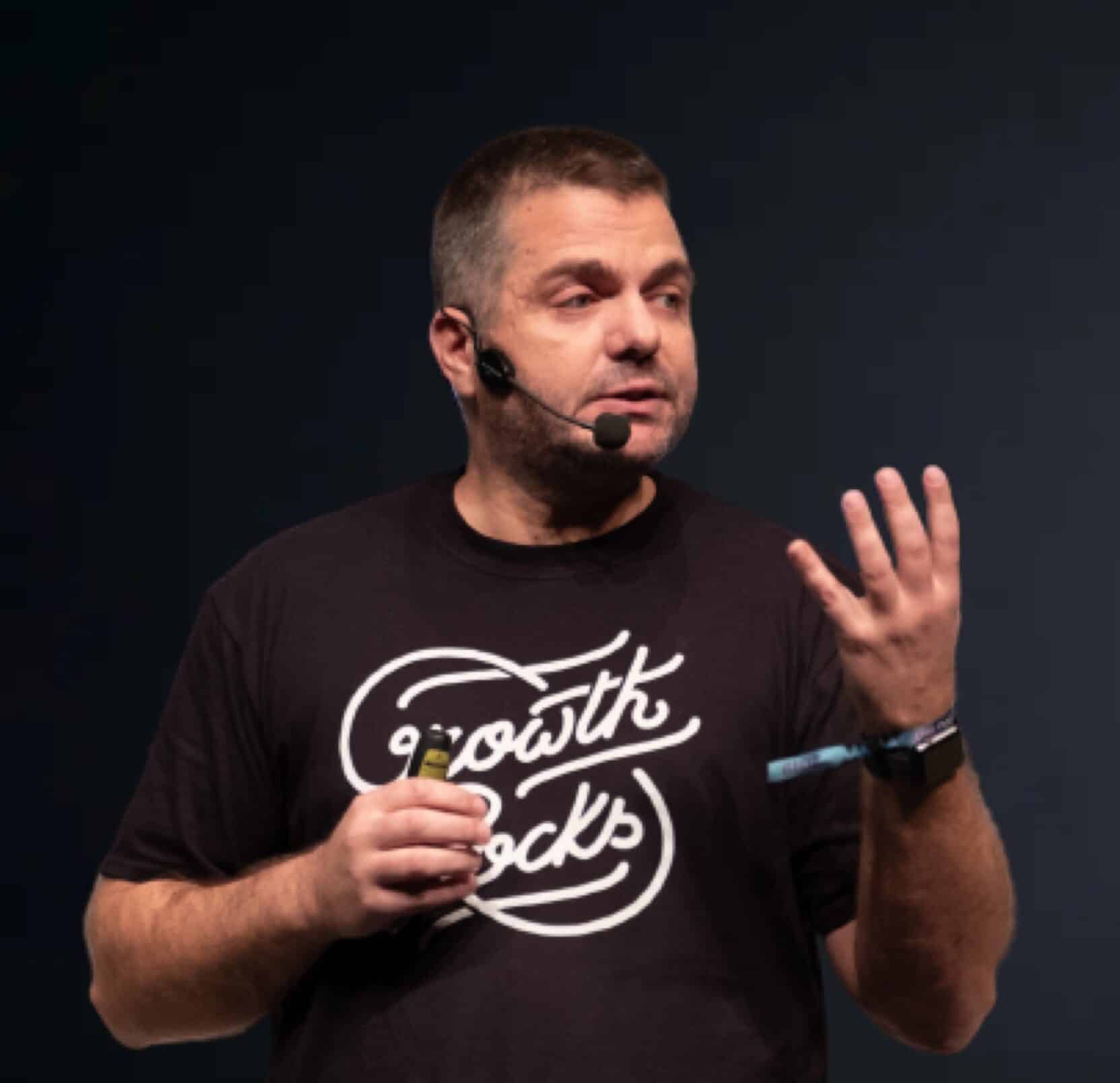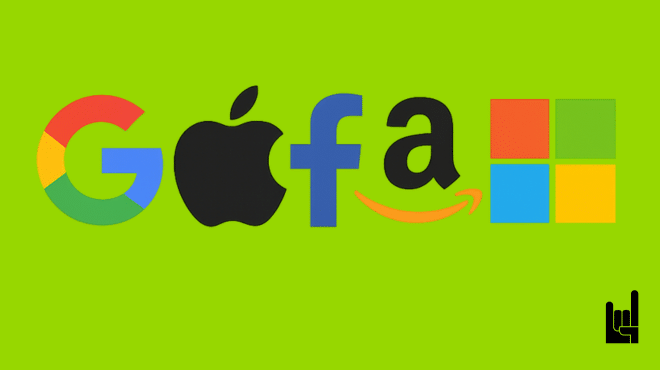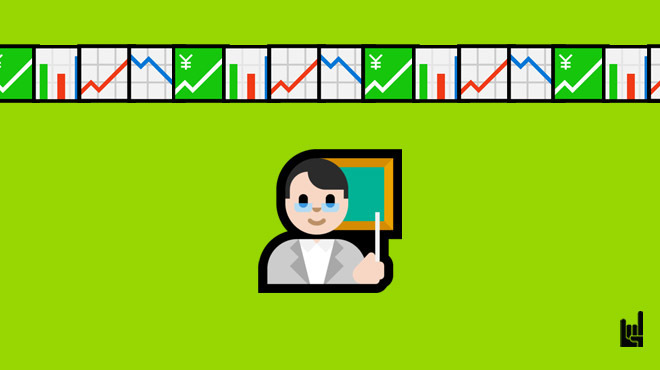The definition
Democratizing Innovation1 in short, is the potential ability of users to develop what they need themselves rather than relying on companies to do so.
In a longer definition, democratizing Innovation is a transformative concept that challenges traditional notions of product development and innovation. At its core, it empowers users to become active participants in the innovation process, enabling them to create solutions that cater to their unique needs and aspirations.
Imagine a world where users are not mere consumers but also innovators. With Democratizing Innovation, users have the tools, resources, and knowledge to develop products and services that resonate with their personal experiences and desires. This paradigm shift opens up a plethora of possibilities, allowing for more diverse and inclusive innovation outcomes.
One key aspect of Democratizing Innovation is the availability of user-friendly platforms and tools. These platforms provide users with the necessary infrastructure and support to bring their ideas to life. They simplify the innovation process, making it accessible to individuals and communities who may not have formal training in engineering or design.
Moreover, Democratizing Innovation fosters a culture of open collaboration and knowledge sharing. Users can connect with like-minded individuals, share their ideas, and work together to create innovative solutions. This collaborative approach leverages the collective wisdom and creativity of the community, resulting in more robust and meaningful outcomes.
Empowering users to innovate can have profound societal impacts. It promotes inclusivity by giving voice to marginalized communities and individuals who have traditionally been excluded from the innovation process. By enabling diverse perspectives and experiences to contribute to innovation, Democratizing Innovation fosters a more equitable and representative society.
Additionally, Democratizing Innovation can drive sustainable development by encouraging users to create solutions that address local challenges and needs. Users can develop products and services that are tailored to their specific environmental, social, and economic contexts. This localized innovation approach can lead to more effective and sustainable solutions that resonate with the communities they serve.
Democratizing Innovation represents a paradigm shift in how we approach innovation. By empowering users to become innovators, we unlock a new era of creativity, diversity, and inclusivity. It holds the promise of a more equitable and sustainable future where users are not merely consumers but active contributors to the innovation ecosystem.
The applications
Democratizing innovation extends beyond complex business strategies and technological advancements. It can manifest in various aspects of our lives, including our interactions as humans, individuals, and parents. Here are some examples of how democratizing innovation can be demonstrated in simple things we do:
A Story for Your Newborn: Crafting a unique and personalized bedtime story for your newborn is an act of democratizing innovation. You tap into your imagination, creativity, and knowledge to create a narrative that resonates with your child, helping shape their imagination and early development.
His First Song: Composing a song for your child’s first birthday or another special occasion is a way to democratize innovation. You blend your musical sensibilities, emotions, and storytelling skills to create a melody that captures the essence of your child’s personality and your love for them.
His Beloved Teddy Bear: Designing and creating a personalized teddy bear for your child is another example of democratizing innovation. You put your heart, creativity, and craftsmanship into creating a unique companion that will be cherished for years to come.
A Tale for Night Times: Inventing a new bedtime story for your child each night is a way to democratize innovation. You draw upon your imagination, storytelling skills, and knowledge of your child’s interests to craft a narrative that engages and entertains them, fostering a love for reading and creativity.
Many, Many More: Democratizing innovation can be found in various other simple things we do as humans, individuals, or parents. Baking a birthday cake from scratch, organizing a unique birthday party, or creating a handmade gift for a loved one are all examples of how we can innovate within our daily lives.
These seemingly small acts of creativity and innovation contribute to a culture of empowerment and self-expression, where individuals are encouraged to contribute their unique ideas and perspectives, leading to a more inclusive and vibrant society.
The enablers (Technologies)
Several technologies keep playing a significant role in democratizing innovation, enabling more people to create, build, and innovate without needing specialized knowledge or large-scale resources. Although, we will only concentrate in AI throughout this article, here’s the list of our Top 3.
1. No-Code/Low-Code Platforms
Platforms like Webflow, Bubble, Adalo, Zapier and a ton more allow users without technical backgrounds to create apps, websites, and automation workflows without writing a single line of code. They lower the barrier for non-developers to build digital solutions, empowering entrepreneurs and small businesses.
2. Artificial Intelligence (AI)
AI-powered tools (ChatGPT, DALL·E, Jasper, Hugging Face, Midjourney) are making advanced capabilities like natural language understanding, content generation, predictive analytics, and image creation accessible to everyone – including the growing number of AI agencies helping brands scale their creative outpu . AI reduces the need for specialized skills in fields like data science, content creation, and design, making innovation more inclusive
3. Digital Design Tools
Design tools like Canva and Figma make graphic design, UI/UX design, and branding more accessible to non-designers. By providing templates, intuitive interfaces, and collaborative features, they enable individuals and small teams to create professional-quality designs quickly and affordably.
Divergent Thinking to the rescue
Divergent thinking is the ability to generate multiple, unique solutions to open-ended problems, as opposed to convergent thinking, which focuses on finding a single, correct answer. AI tools, particularly those involving generative models like language models (such as GPT), image generators, or creative algorithms, can support divergent thinking in several ways:
Idea Generation: AI systems can generate a wide range of possible solutions, creative ideas, or alternative approaches that might not be immediately apparent to a human.
Exploring Multiple Perspectives: AI’s ability to process vast amounts of data and simulate different approaches helps individuals and teams consider diverse angles.
Overcoming Cognitive Bias: By offering alternatives outside the scope of habitual thinking, AI encourages thinking “outside the box,” which is essential for divergent thinking.
AI supports creative processes by encouraging lateral thinking and producing a wider array of potential innovations, thereby facilitating more expansive and creative problem-solving.
The catalyst
AI acts as a catalyst for both divergent thinking and democratizing innovation by:
- Providing access to knowledge and creative tools that foster experimentation.
- Enabling more people to participate in innovative processes without needing deep technical expertise.
- Offering a diverse range of outputs and insights that push boundaries and inspire new ways of thinking.
In this way, AI can be seen as both a driver of creative problem-solving (divergent thinking) and a tool for broadening access to innovation (democratizing innovation).
Unleash your creativity in crafting a song
Here are just some of the ingredients of a nice song. When all of these elements come together, the result is a piece of music that is truly magical.
Lyrics
The words of a song, and indeed they are essential for conveying the message and emotion of the piece. Good lyrics are well-written, meaningful, and memorable. They should also fit well with the music, both in terms of rhythm and melody.
Music
The music of your song is just as important as the lyrics. It sets the tone and mood of the piece, and it can create a sense of excitement, energy, or relaxation. Good music is well-composed, catchy, and has a strong beat. For a good music via AI you need to engineer the proper prompting to provide input to the music synthesizer. This input can include information such as the desired genre, tempo, and mood of the piece. Good prompting can help to create a song that is both unique and tailored to the listener’s specific preferences.
Creativity
That’s your part. Are you going to create a sad, funny or upbit song to convey the message. Creativity is essential for creating a truly memorable song. It allows you (the songwriter) to come up with new and innovative ideas, both in terms of lyrics and music. Creativity can also help to break the mold and create songs that stand out from the crowd.
Emotion
A truly nice song is one that evokes emotion in the listener. This can be anything from happiness and joy to sadness and heartbreak. Good songs are able to connect with the listener on a personal level and make them feel something.
Structure
The structure of a song is also important. A well-structured song will have a clear beginning, middle, and end. It will also have a consistent tempo and rhythm, and it will avoid abrupt changes in key or melody.
The songs above in two (2) versions created with suno.com and minimal prompting. Lyrics created by chatgpt by providing the syllabus of our course for advertisers and few iterations to make sure it’s not to verbose or boring.
Unleash your creativity in crafting a new perfume
To create something that will have a physical impact (smell) you just need a proper prompt 😉
Something like:
Create a perfume that embodies the essence of King Louis XIV, also known as the Sun King. The fragrance should evoke the opulence, grandeur, and regality of his reign at Versailles, blending the fresh, bright citrus notes he loved with luxurious florals reminiscent of the palace gardens. Deepen the scent with rich, earthy undertones of amber, musk, and leather to reflect the king’s power and authority. The fragrance should be both warm and majestic, reminiscent of the opulent lifestyle of the 17th-century French court.
With a few iterations, the result would be something like:


Unleash your creativity in crafting a tale
What are the incredients for a great tale?
Various voices for story tellers:
- A diverse cast of characters, each with their own unique voice and perspective, can bring a story to life.
- The narrator’s voice should be engaging and draw the audience into the story.
- Dialogue between characters should be natural and believable, reflecting their personalities and relationships.
Sounds you can generate and blend with the storyline:
- Music can set the mood, create atmosphere, and enhance the emotional impact of a story.
- Sound effects can add realism and immersion, helping the audience to feel like they are part of the story.
- Voice acting can bring characters to life and make them more relatable.
A scenario:
- A well-developed plot is essential for a great tale.
- The plot should have a clear beginning, middle, and end, with rising action and a satisfying resolution. ChatGPT will help you to craft this using different story telling frameworks such as the well known: Pixar’s framework.
- The setting should be vividly described and should contribute to the overall atmosphere of the story.
Use this prompt on chatgpt to get them all:
"Act as a storyteller that will help me to create a story for my newborn. Which are the well known story telling frameworks to use?"
Well, If all the above sound like science fiction, keep reading.

The tale has been created with META’s audio box. Start creating yours here
Unleash your creativity in still images
Different image AI tools and AI image generators empower users to transcend the boundaries of creativity by enabling the seamless combination or merging of multiple ideas or references. This groundbreaking capability allows for the generation of visually striking and conceptually robust images that surpass the limitations of individual inspiration.
By leveraging the capabilities of image AI tools, artists, designers, and content creators can harness the collective power of various concepts, styles, and elements to produce truly remarkable and innovative works. The process begins by gathering a diverse range of source material, which could include photographs, illustrations, paintings, sketches, or even text descriptions. These references serve as the building blocks for the AI to work its magic.
Once the source material has been assembled, the image AI tool analyzes each element, extracting key features, colors, textures, and compositional elements. It then proceeds to identify commonalities and relationships between the different references, creating a cohesive visual language that ties the disparate elements together.
The result is a captivating hybrid image that retains the essence of each individual reference while simultaneously transcending their limitations. The AI’s ability to recognize patterns and identify underlying connections allows it to generate visually compelling and conceptually coherent images that would be challenging, if not impossible, to create manually.
This revolutionary technology has the potential to revolutionize the creative process, enabling artists to explore uncharted territories of imagination and produce breathtaking works of art. By pushing the boundaries of what is possible, image AI tools are transforming the way we think about visual representation and opening up a world of possibilities for creative expression.

An image that blends different styles and references to create a new creative one. Made in Midjourney using the “editor” functionality
Instead of a summary
Generative AI’s true potential lies not in replacing humans but in empowering them. By collaborating with Generative AI and in fact by adopting an AI-first Mindset, we can harness its capabilities to tackle global but also internal AI challenges, foster creativity, and create a more sustainable and inclusive future for all.
Was this article useful?
- A term coined by MIT’s Eric von Hippel who is a professor at the MIT Sloan School of Management, known for his pioneering work in the field of user innovation and democratized innovation. He is widely recognized for his research on how users, rather than manufacturers or firms, often drive the development of new products and innovations.
Key Contributions:
User Innovation: Von Hippel’s research showed that many innovations, especially in technology and product design, are created by users who modify existing products to better suit their own needs. This is contrary to the traditional view that companies are the primary drivers of innovation. He coined the term “lead users” to describe those who are at the forefront of identifying new needs and solving their own problems with innovative solutions.
Democratizing Innovation: In his influential book “Democratizing Innovation”, von Hippel explains how innovation is increasingly accessible to everyday users due to tools and platforms that enable non-experts to design, create, and share new products. His work emphasizes that this democratization of innovation allows for faster and more diverse problem-solving.
Lead User Theory: Von Hippel introduced the concept of “lead users,” those who experience needs that will later become general market demands and often develop innovative solutions. He advocates for companies to collaborate with lead users to co-create and develop new products.
Open Innovation and Free Innovation: He has also contributed to the development of the open innovation model, where firms rely on external ideas and contributions for product development. Additionally, von Hippel has written about “free innovation,” where individuals and communities innovate without the expectation of financial returns but instead share their innovations freely.
Academic Influence:
Von Hippel’s work has had a broad influence across various sectors, from consumer goods to medical devices and software development. His research has reshaped how companies and industries view the innovation process, encouraging them to tap into user communities for ideas and product development.
↩︎

Theodore has 20 years of experience running successful and profitable software products. In his free time, he coaches and consults startups. His career includes managerial posts for companies in the UK and abroad, and he has significant skills in intrapreneurship and entrepreneurship.



